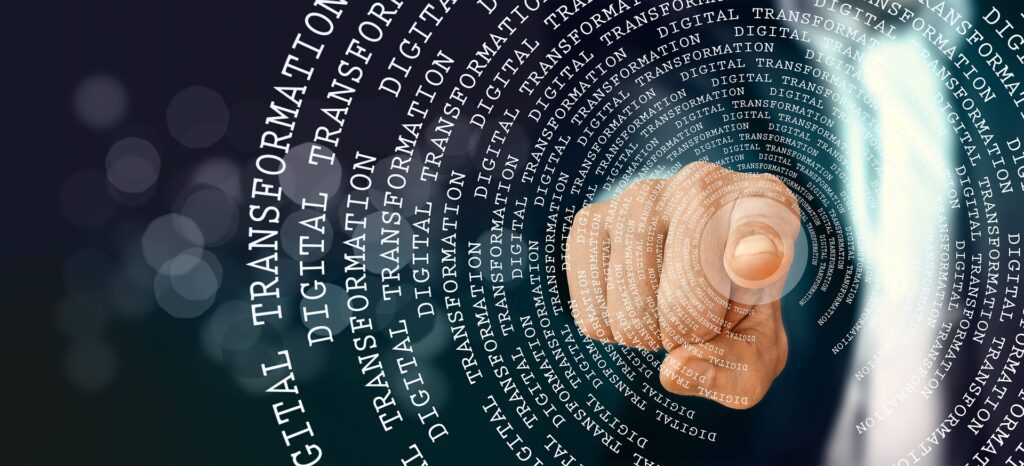
During the last weeks, I reflected on the research activities in the Software Center for which I am the director and I realized that everything we do with the partner companies and the universities is concerned with increasing the pace at which we are delivering new value to customers. Whereas most companies, a decade ago, relied on product generations to deliver new value to customers, over the last decade we have seen a shift to periodic software updates and now continuous deployment with very frequent updates to deliver new value. We are moving to a world where every system we use gets better all the time.
Although continuous deployment is still the challenge for many companies, it doesn’t stop there. We now see that the next hills to take include conducting A/B testing using systems deployed in the field as well as (federated) reinforcement learning to allow systems to fully autonomously experiment with their own behavior to continuously improve the value experienced by customers.
Although everyone talks about digitalization as a goal in itself, in my view it is an enabler to achieve something else: a fundamental shift from a transactional business model and relationship with our customers to a continuous one. The transition from keeping products as static as possible once these leave the factory to continuously changing and improving already deployed systems requires a significant change across the company. Digitalization is such a hard challenge as it literally touches every function and capability in the organization, ranging from business models to deployment and from sales to finance. In order to survive and, preferably, thrive in this transition, companies need to develop new capabilities to capitalize on the new model of delivering value to customers.
Figure: From traditional to continuous value delivery
In the figure above, the transition is illustrated graphically. In traditional value delivery, each product, once it leaves the factory, is basically frozen and deteriorates over time until the customer decides to replace it with a new product. That new product typically is a little better than the previous one, but it also will deteriorate over time and be replaced. In the continuous value delivery model, the value that the product, system or offering provides is continuously increasing. This occurs through continuous deployment of new software, but may also require periodic replacement of electronics and occasional replacement of mechanical parts. The system gets better every day I use it.
As alluded to in the title, successfully transitioning towards continuous value delivery requires organizations to build new capabilities across the company. Major changes are required in at least the following areas:
- Business: The shift from transactional to continuous value delivery has business strategy implications and changes the business model and the customer interface, including sales and support.
- Architecture: Both at the system and the software level, the architecture needs to be addressed to support a superset platform approach, modularization and instrumentation.
- Process: The ways of working in a continuous context require much faster cycles of iteration which affects our processes. Many tasks need to execute in parallel instead of sequentially, which of course is the nature of agile. However, it also requires a mature build and test infrastructure. Finally, the short cycles allow for data-driven ways of working that were not feasible earlier but these need to be capitalized upon.
- Organization: Traditional, functionally organized companies are great at efficiency of repeatable tasks in low change environments but very poor at responding quickly in high change environments. We need new ways to organize, new skills and different leadership styles.
- User Innovation: Especially in software-intensive industries, most innovation was traditionally of the sustaining, evolutionary type. In a digital transformation, we need radical innovation which works quite differently as we are inventing new ways of serving customers through new offerings and services.
- Technology innovation: The constant flow of data-driven technologies, including experimentation approaches such as A/B testing and machine- and deep-learning require us to invest in technology-driven innovation to complement user innovation.
- Automation: One of the sayings in agile is that when it hurts, you should do it often. Digitalization and DevOps create this reality and the consequence is a significant increase in the need for automation. The challenge is to find where it hurts and then automate in such a way that we keep relevant flexibility in the areas that matter.
- Business ecosystem: The superset platform, continuous value delivery and data from the field allows for a very different interaction with the business ecosystem around the company. By platformizing, we can open up to third parties to build extensions to the entire portfolio, creating multi-sided markets with network effects.
This may seem like a lot of take in, but it hammers home the challenge of digitalization and why so many companies struggle with the transformation. I see many companies take initiatives in one or a few areas and then ignore other important dimensions, resulting in failure, disappointment and loss of valuable resources. In the coming weeks, we are going to work our way through each of the capability areas and deepdive into each of the key capabilities in these areas.
Concluding, surviving and even thriving in a digital transformation changes the entire company. It requires building new capabilities in at least seven areas, i.e. business, architecture, process, organization, user and technology innovation, automation and ecosystems. Focusing on one and ignoring the others results in failure and disappointment. Instead, focus on the promise of continuous value delivery to customers and lasting, continuous relationship with your customers where everything gets better all the time. Who doesn’t want that?
Like what you read? Sign up for my newsletter at jan@janbosch.com or follow me on janbosch.com/blog, LinkedIn (linkedin.com/in/janbosch), Medium or Twitter (@JanBosch).